These flakey flatbreads are the perfect companion to Ndengu, a rich Kenyan mung bean curry. Although called chapati, it is similar to Indian Laccha Paratha, one of the many cross-cultural influences from the Indian subcontinent that workers brought to Kenya in the 19th century. Pair it with Ndengu for a wholesome meal that is traditionally vegan.
Storage
These are best eaten the same day. You can also freeze the cooked chapati in reusable plastic bags. To thaw them, simply reheat from frozen in a hot pan until softened.
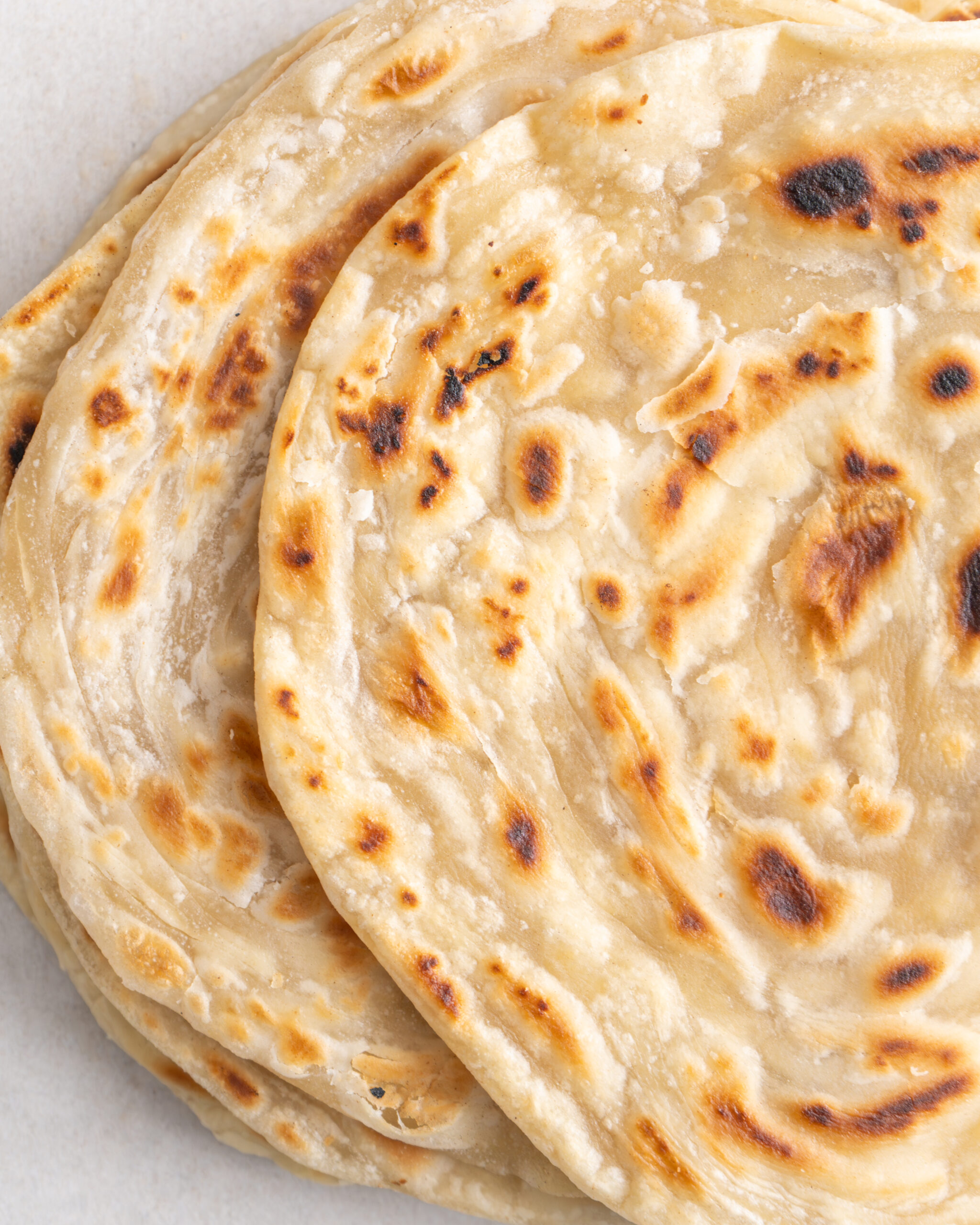
Ingredients
- 300g plain flour
- 1 tsp golden granulated sugar (7g)
- 1 tsp salt (6g)
- 30g vegetable oil plus more for brushing
- 150ml warm water
Method
Add the flour to a large bowl and make a well in the middle. Add the sugar, salt, oil and water and mix everything into a rough dough. Tip it out onto a clean work surface and place the bowl upside down on top to cover it. Leave to rest for 5 minutes, which will hydrate the dough and make it easier to handle.
Knead the dough for just 2-3 minutes, adding a little more flour if necessary. It should be soft but still sticky. Grease a clean bowl with a little more oil, place the dough inside and cover with a reusable plastic bag or damp kitchen towel. Leave to rest for at least 30 minutes (and up to 2 hours).
Tip the dough out onto the surface and divide it into 6 pieces (around 80-85g each). Shape each into a round ball by tucking the corners underneath and gently stretching it over the surface with a curbed hand. Cover the pieces again with the plastic or towel and let them rest for another 5 minutes (otherwise they will spring back when trying to roll them out).
Lightly flour the surface and one of the dough balls and roll it out into a thin sheet. Brush 1 teaspoon of oil all over it and dust it with a little more flour, then start from the longest side and roll the sheet into a rope. Gently stretch the rope out a little more by holding the ends in your hands and slapping it onto the surface. Place it back onto the surface and, starting from one end, roll it into a snail shape. Cover again while you continue with the rest.
Pre-heat a heavy-bottomed frying pan over medium-high heat. Then roll the prepared dough out until it is around 16-18cm wide and 3-4mm thick. Reduce the heat to medium and bake the chapati on one side until bubbles appear on the surface and it has light golden spots underneath when you lift it. Flip it around and brush 1/2 teaspoon of oil over the surface. Then flip again and brush the other side with oil as well. Continue baking for 1-2 minutes, flipping every now and then, until it has dark golden spots all over. Transfer to a plate and cover with a clean tea towel to keep warm and soft, then continue with the rest.
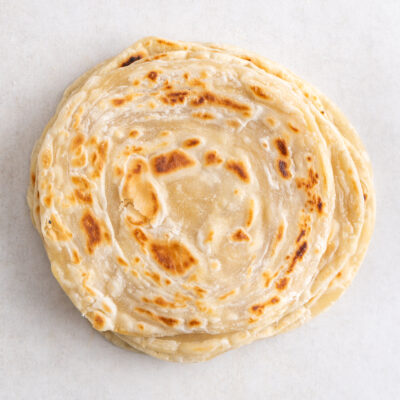
Kenyan Chapati
Ingredients
- 300 g plain flour
- 1 tsp golden granulated sugar (7g)
- 1 tsp salt (6g)
- 30 g vegetable oil plus more for brushing
- 150 ml warm water
Instructions
- Add the flour to a large bowl and make a well in the middle. Add the sugar, salt, oil and water and mix everything into a rough dough. Tip it out onto a clean work surface and place the bowl upside down on top to cover it. Leave to rest for 5 minutes, which will hydrate the dough and make it easier to handle.
- Knead the dough for just 2-3 minutes, adding a little more flour if necessary. It should be soft but still sticky. Grease a clean bowl with a little more oil, place the dough inside and cover with a reusable plastic bag or damp kitchen towel. Leave to rest for at least 30 minutes (and up to 2 hours).
- Tip the dough out onto the surface and divide it into 6 pieces (around 80-85g each). Shape each into a round ball by tucking the corners underneath and gently stretching it over the surface with a curbed hand. Cover the pieces again with the plastic or towel and let them rest for another 5 minutes (otherwise they will spring back when trying to roll them out).
- Lightly flour the surface and one of the dough balls and roll it out into a thin sheet. Brush 1 teaspoon of oil all over it and dust it with a little more flour, then start from the longest side and roll the sheet into a rope. Gently stretch the rope out a little more by holding the ends in your hands and slapping it onto the surface. Place it back onto the surface and, starting from one end, roll it into a snail shape. Cover again while you continue with the rest.
- Pre-heat a heavy-bottomed frying pan over medium-high heat. Then roll the prepared dough out until it is around 16-18cm wide and 3-4mm thick. Reduce the heat to medium and bake the chapati on one side until bubbles appear on the surface and it has light golden spots underneath when you lift it. Flip it around and brush 1/2 teaspoon of oil over the surface. Then flip again and brush the other side with oil as well. Continue baking for 1-2 minutes, flipping every now and then, until it has dark golden spots all over. Transfer to a plate and cover with a clean tea towel to keep warm and soft, then continue with the rest.

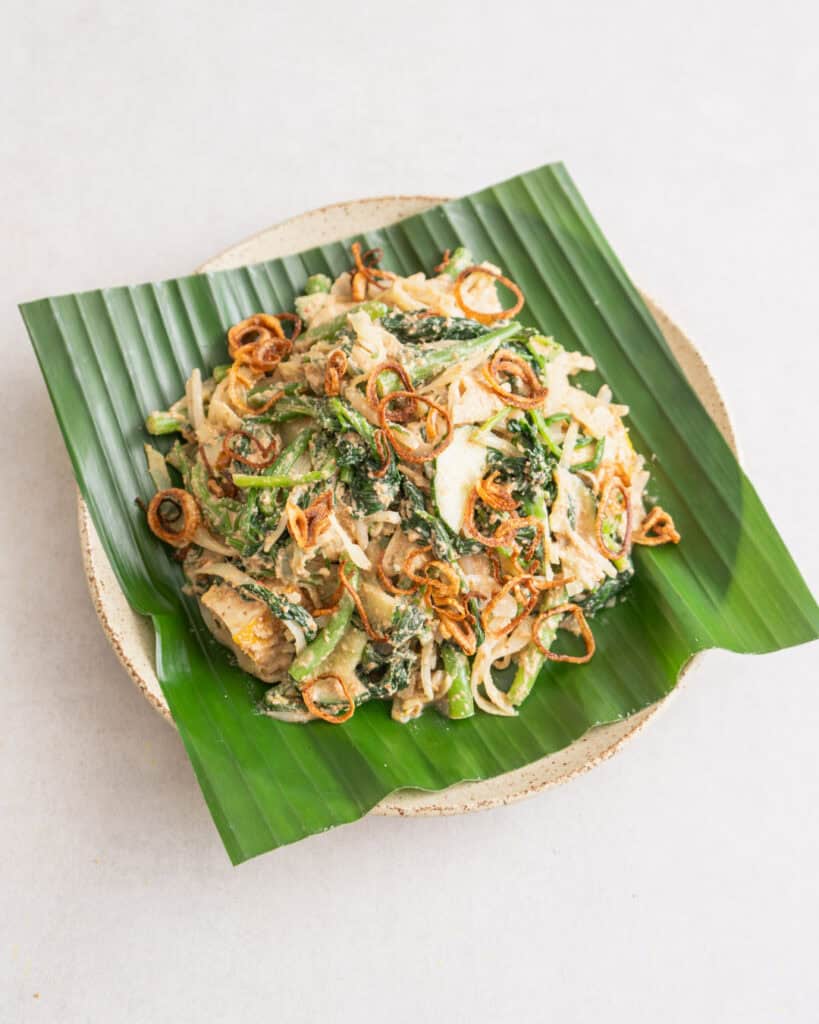
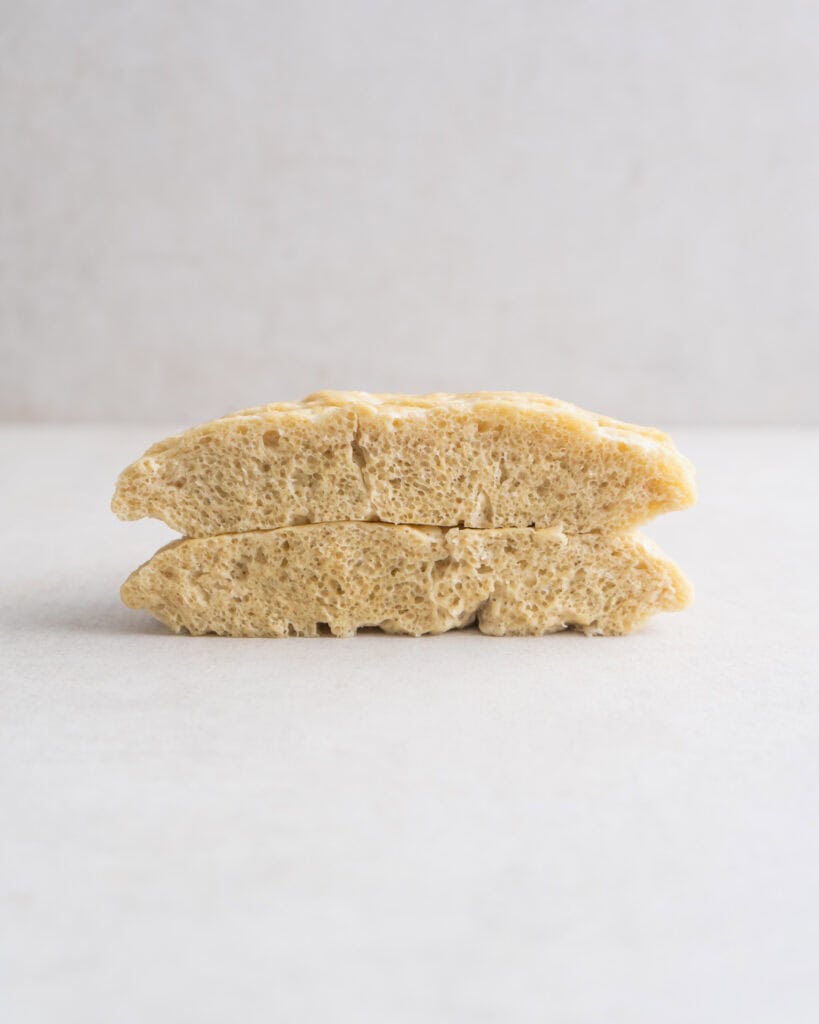
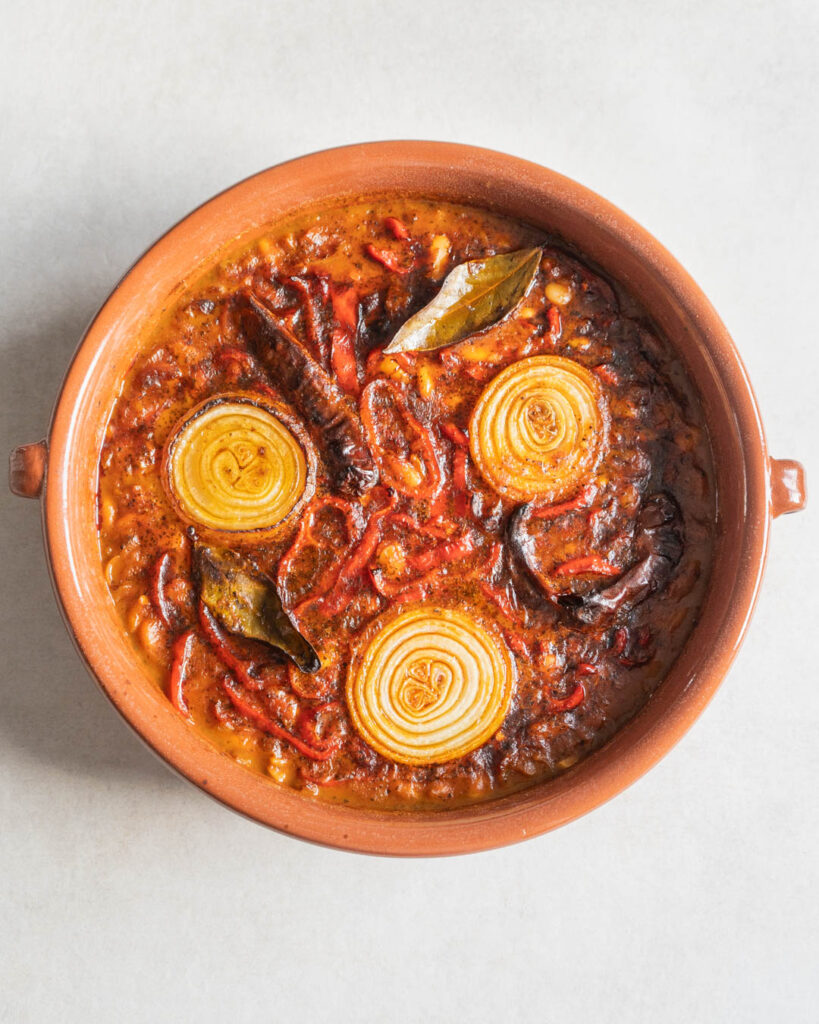
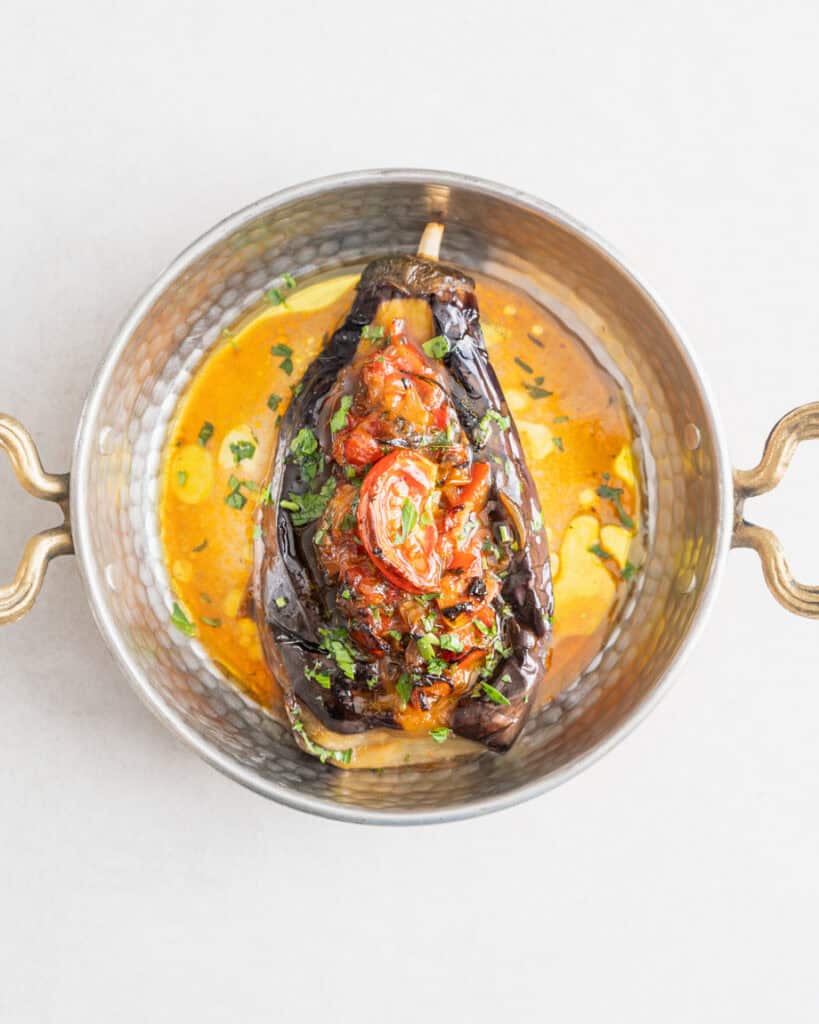
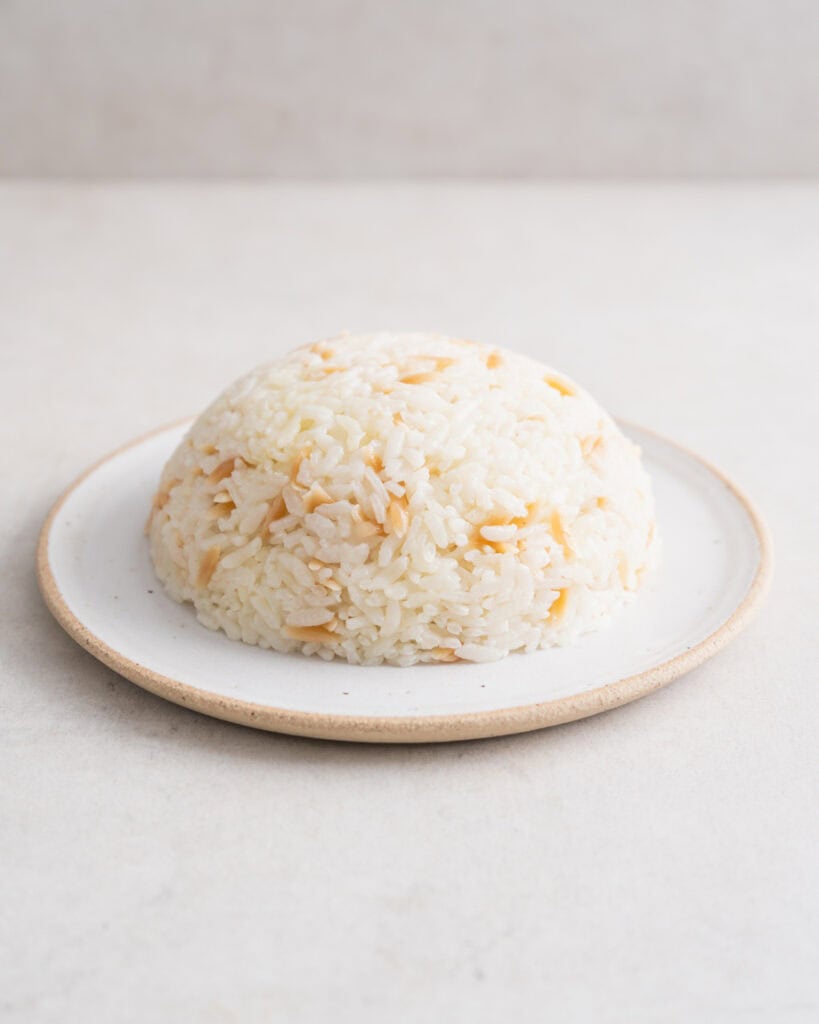
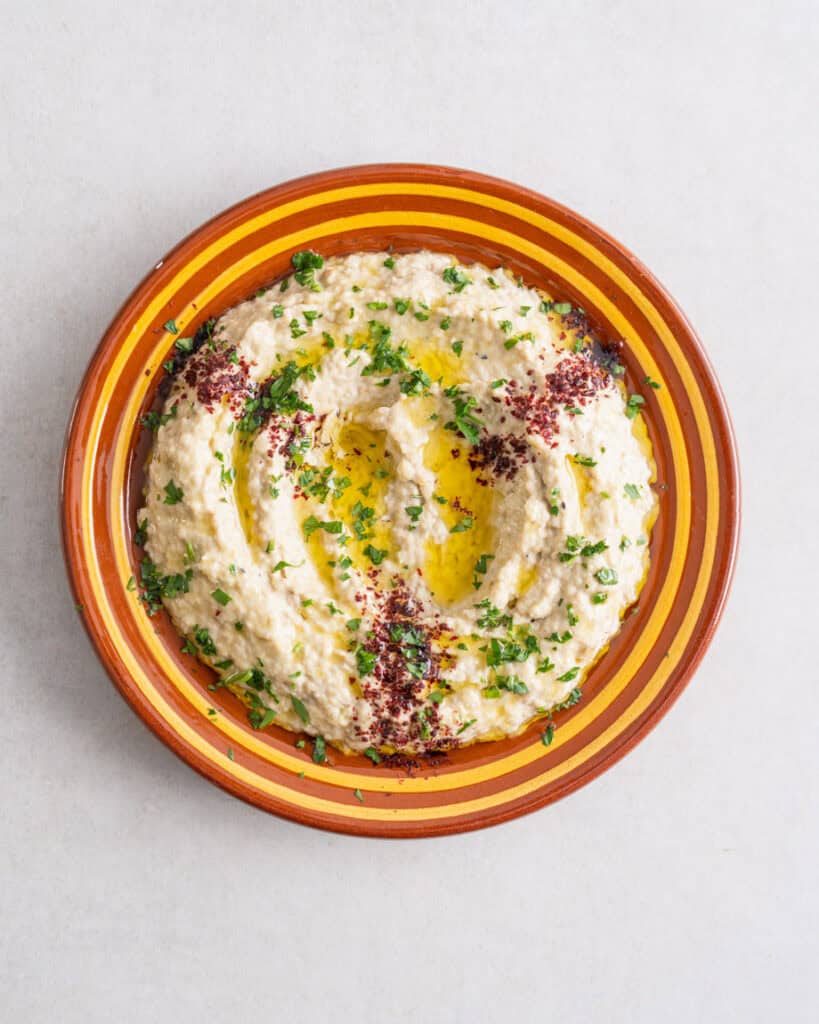
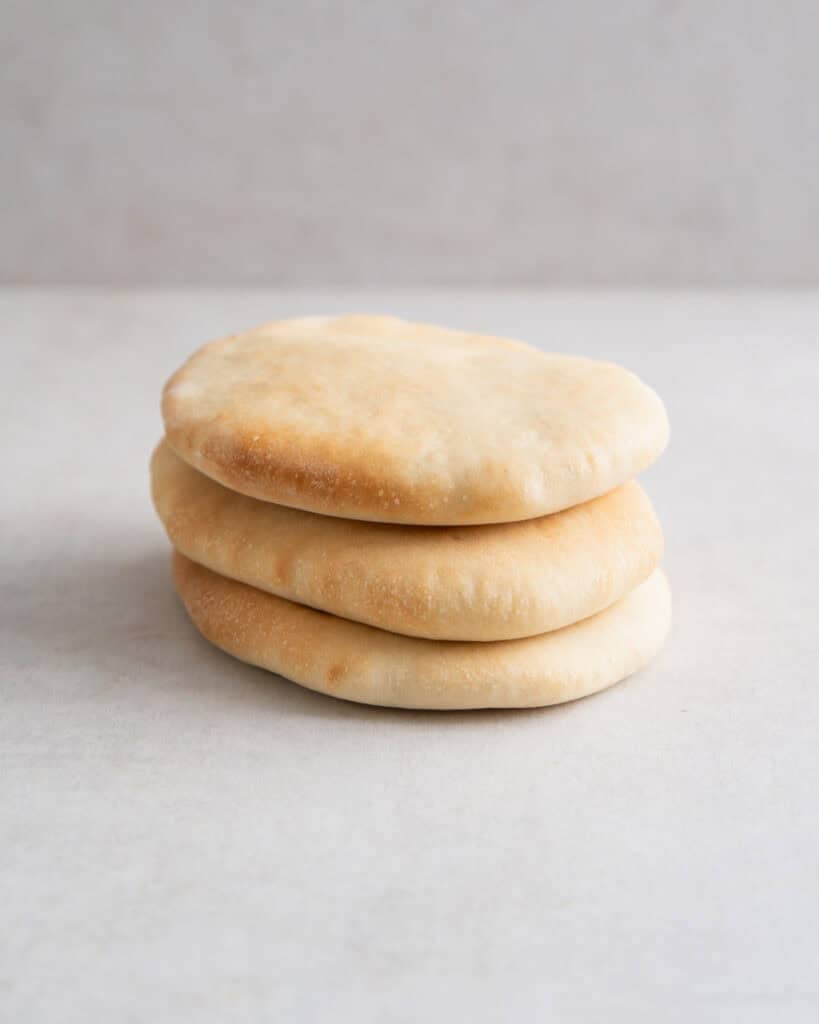
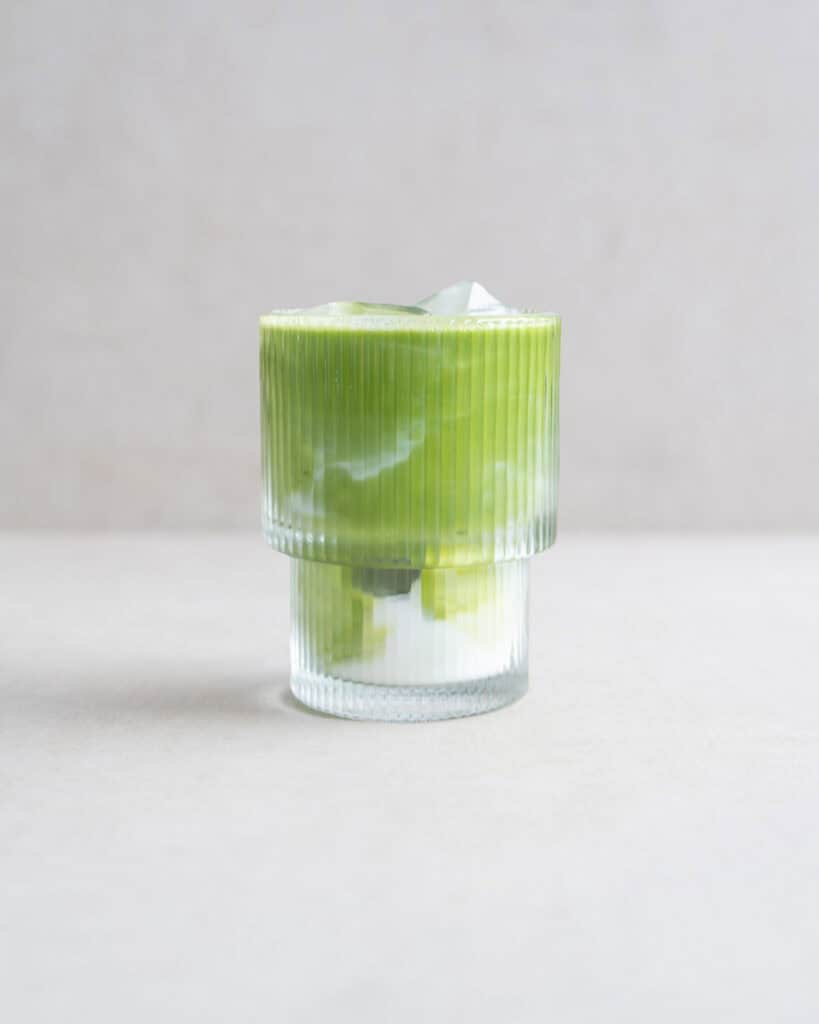

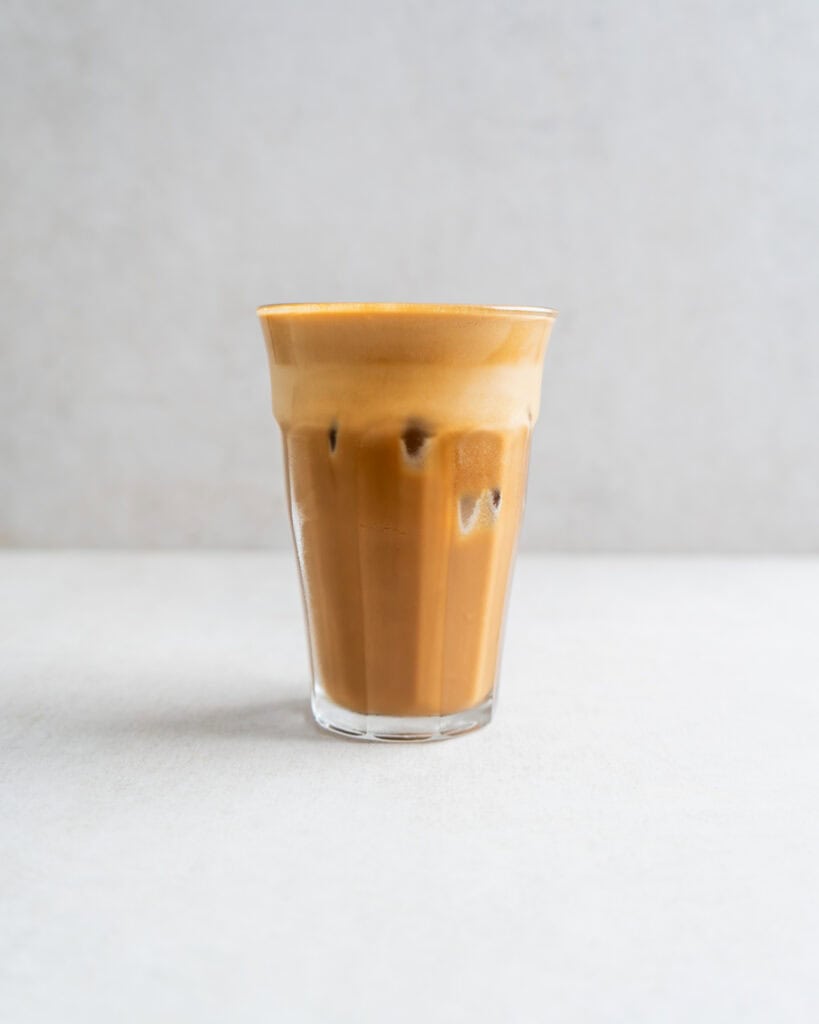
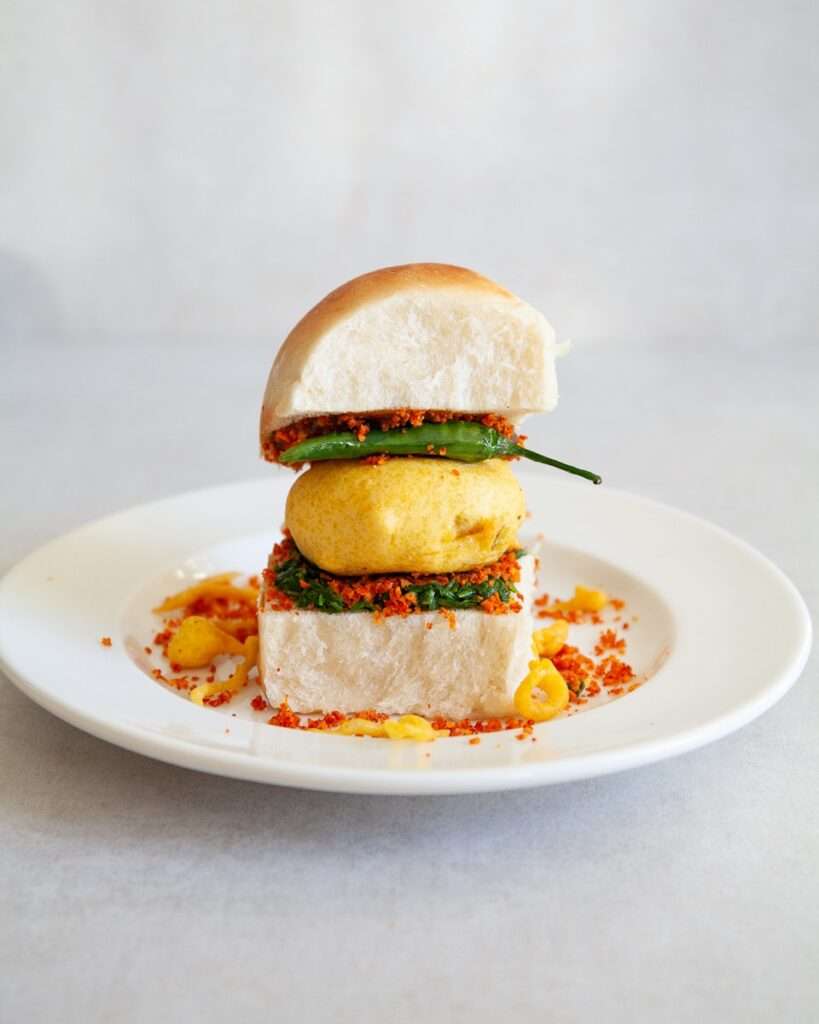
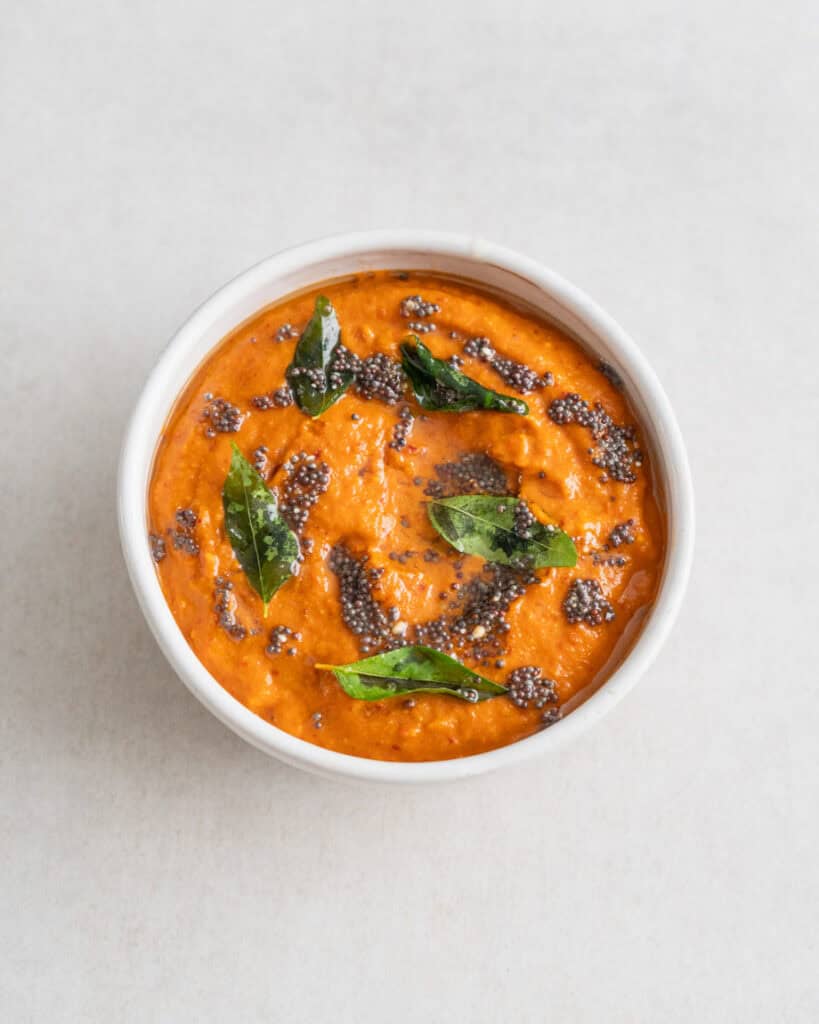
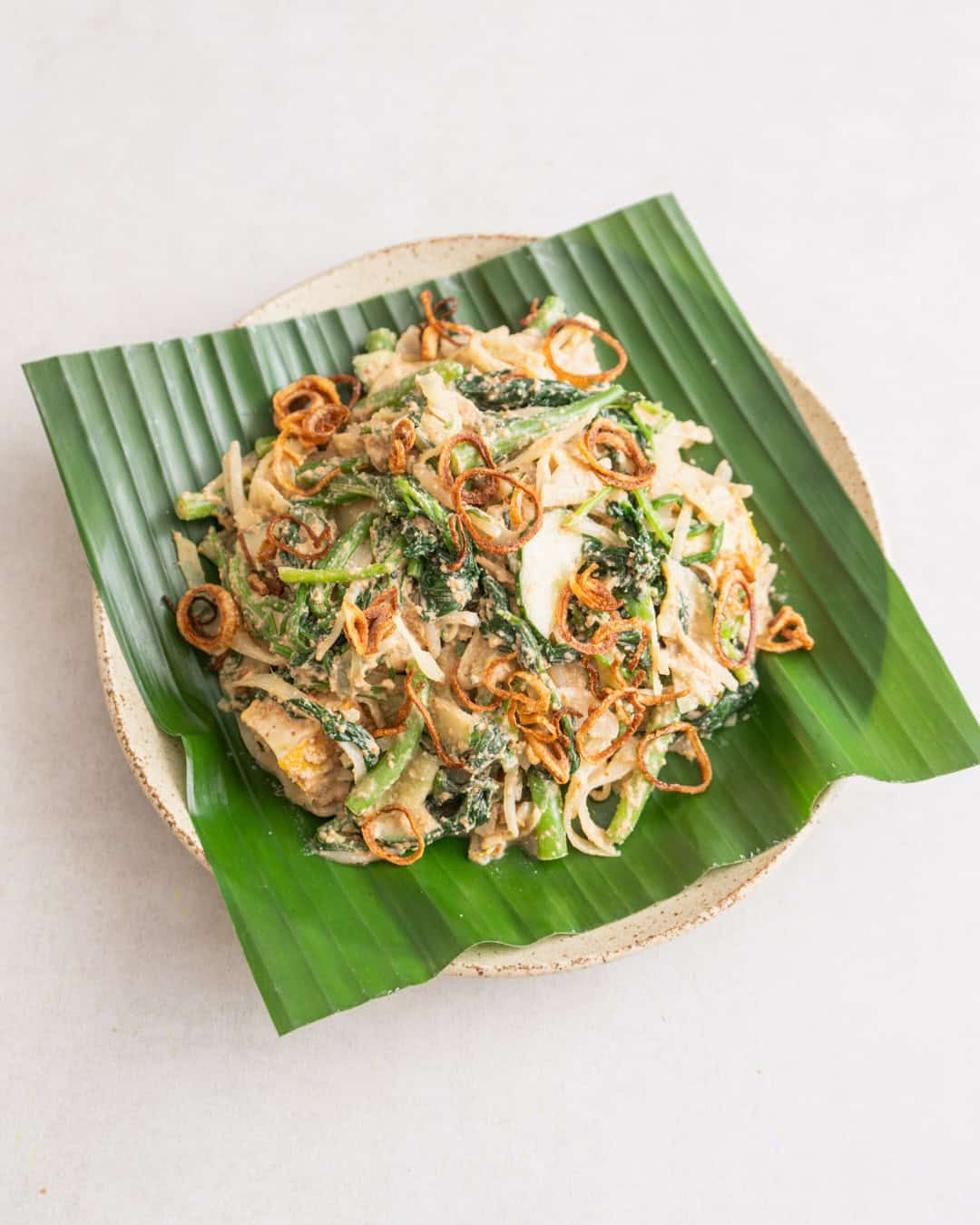
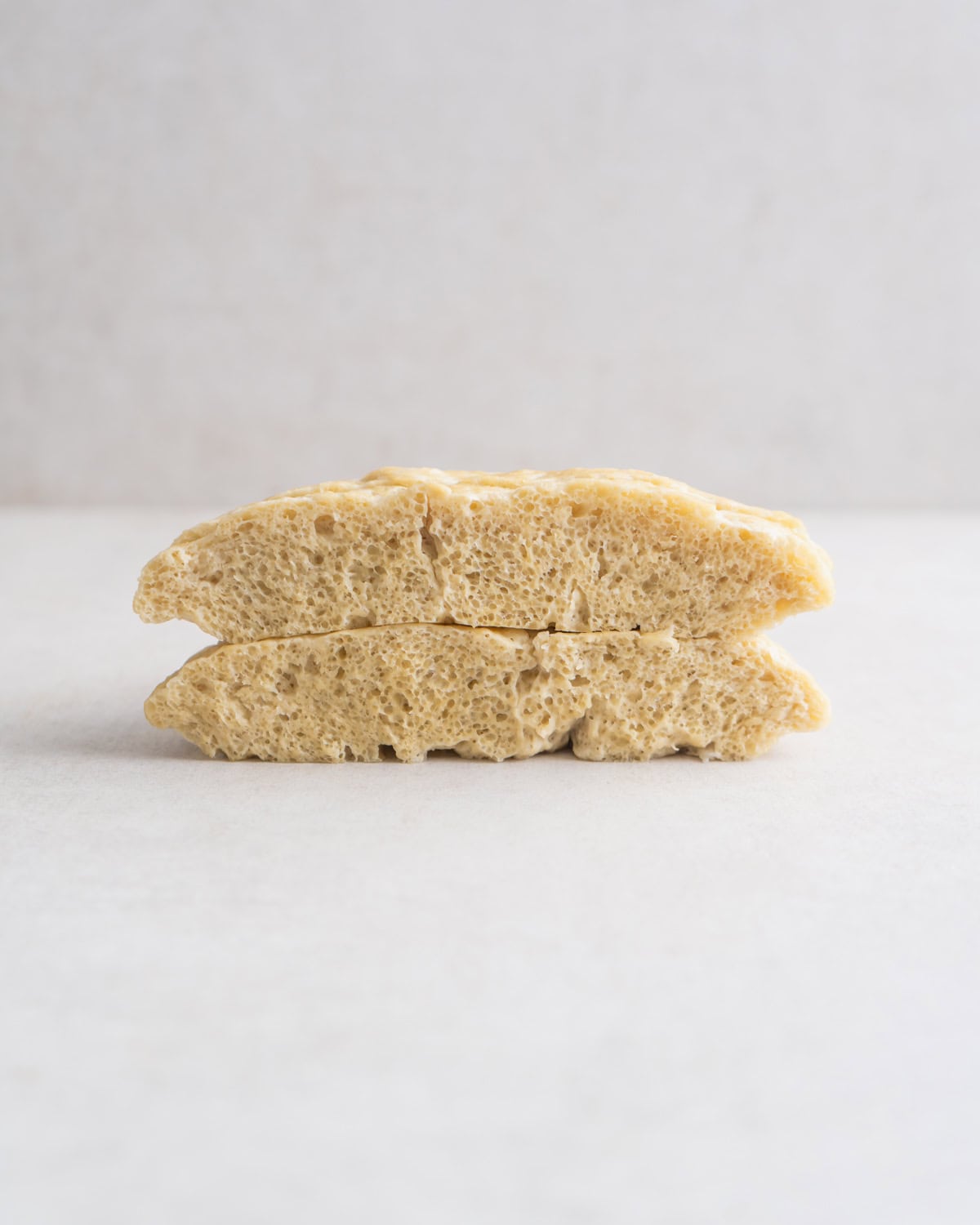
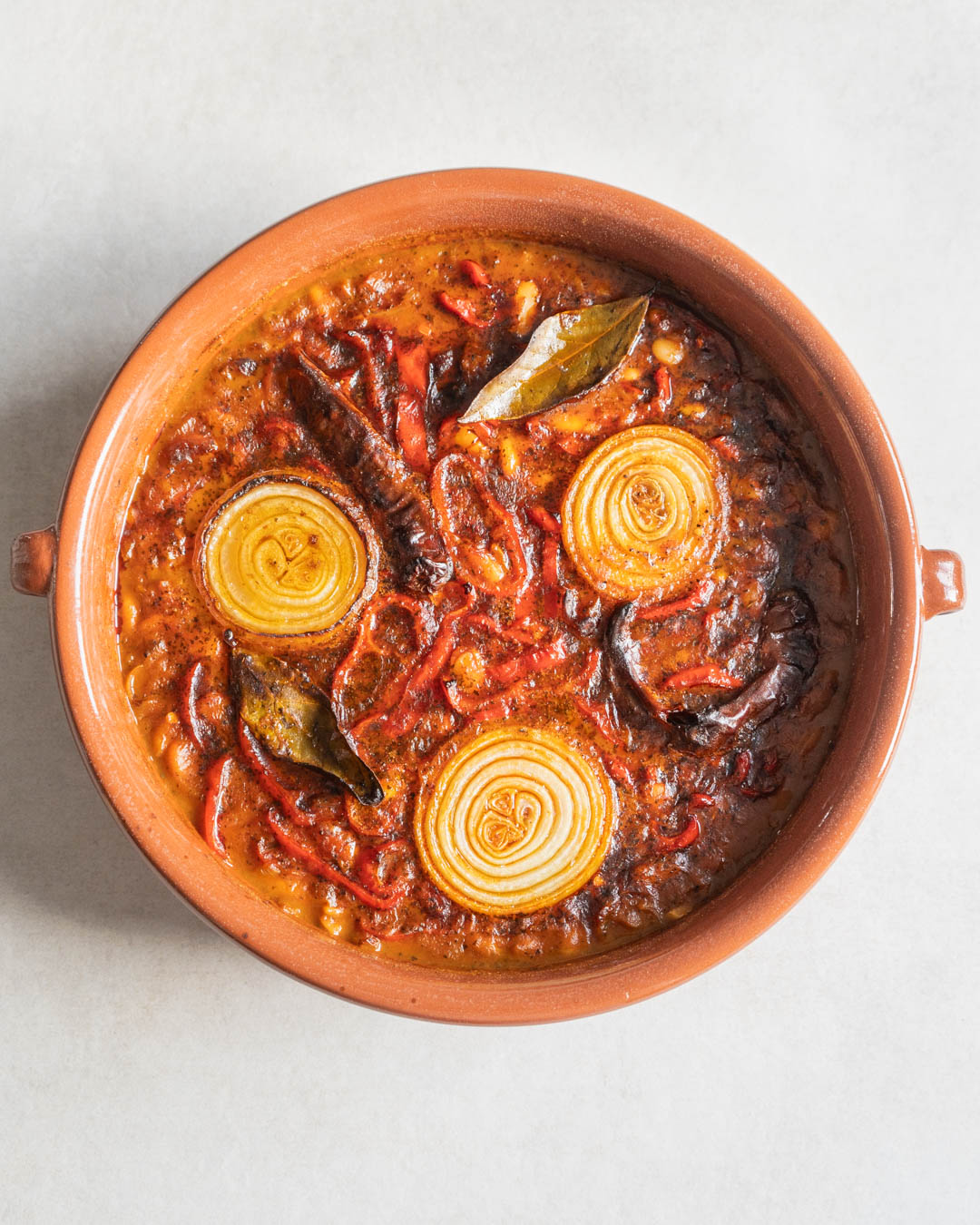
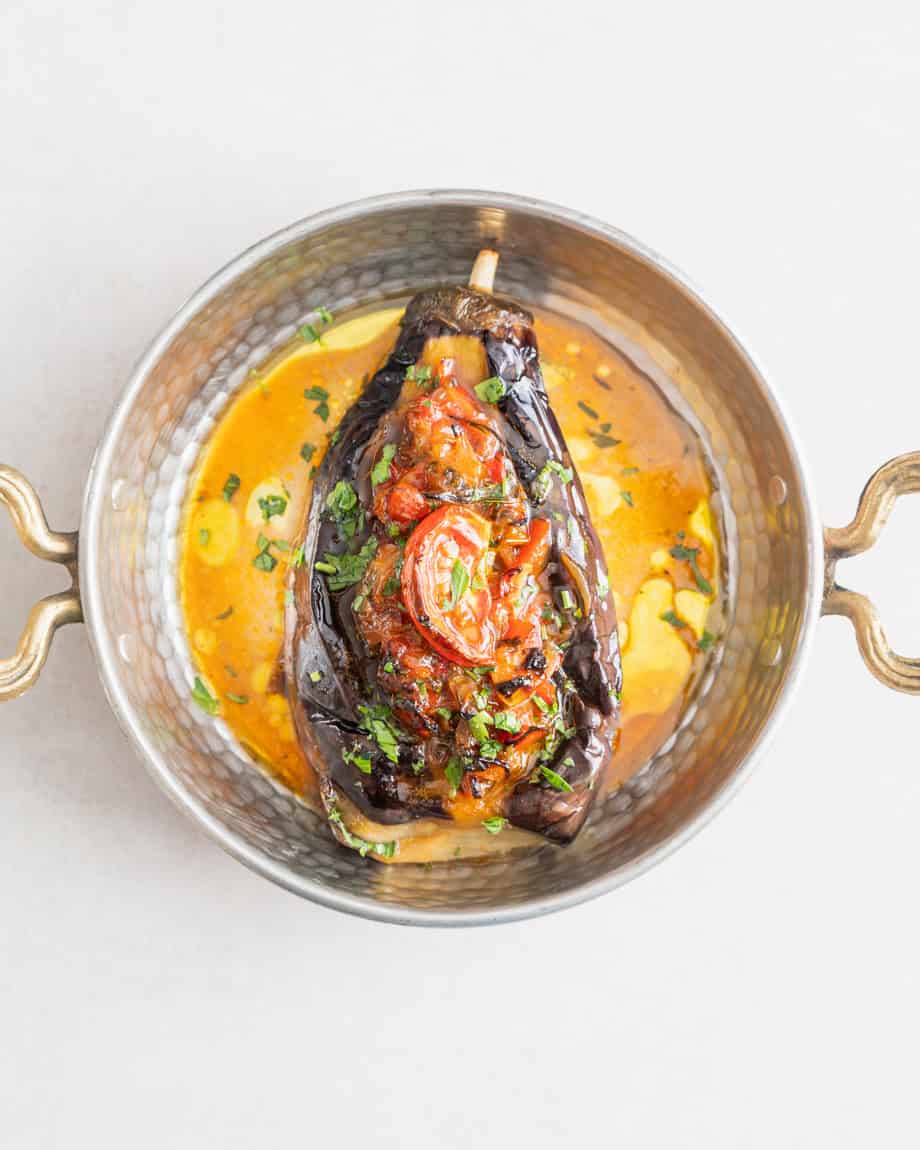
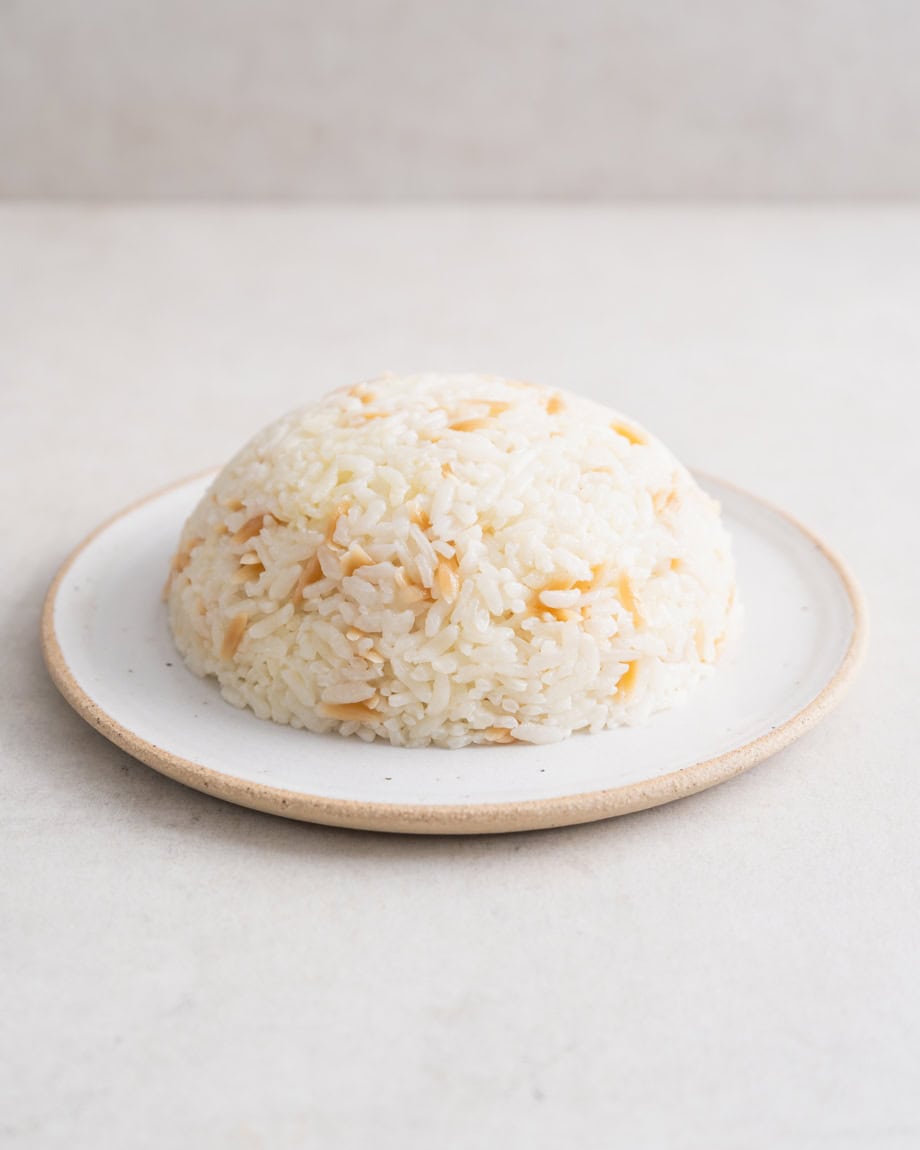
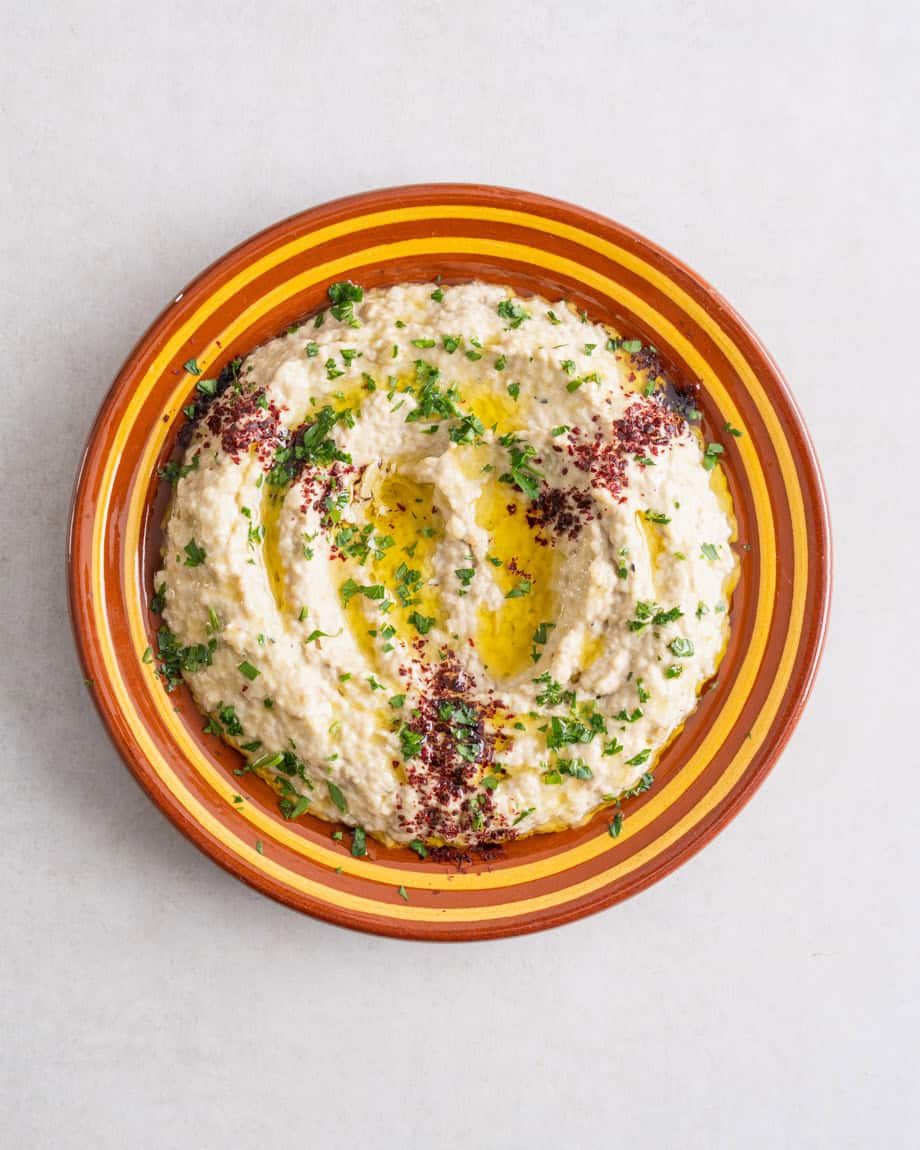
I love seeing these recipes from East Africa (Kenyan here), and they are all perfect. I’d swear you’re a native. For these chapati, if you want more flavor, use oil for making the dough, but switch to ghee for cooking on the pan. Adding coconut cream to the dough adds a touch of the coastal region.
Haha thank you so much for the compliments and tips!
This went very well with the Ndengu! I added a little sourdough starter to the dough. I was wondering what you recommend in regards to softening the dough. When I cooked it over the stove, they came out pretty tough. Is there a specific flour that you use?
Adding a bit of extra oil will help the dough stay soft and the chapatis pliable once cooked
What do you make your sourdough start with? Usually, the “whiter” the flour, the softer the chapati will be. But having a little bit of substance also adds rich flavours. Keep the warm, cooked chapatis covered by a dry, clean tea towel. That usually helps to soften them. Being generous with the oil also always adds a richer mouthfeel…